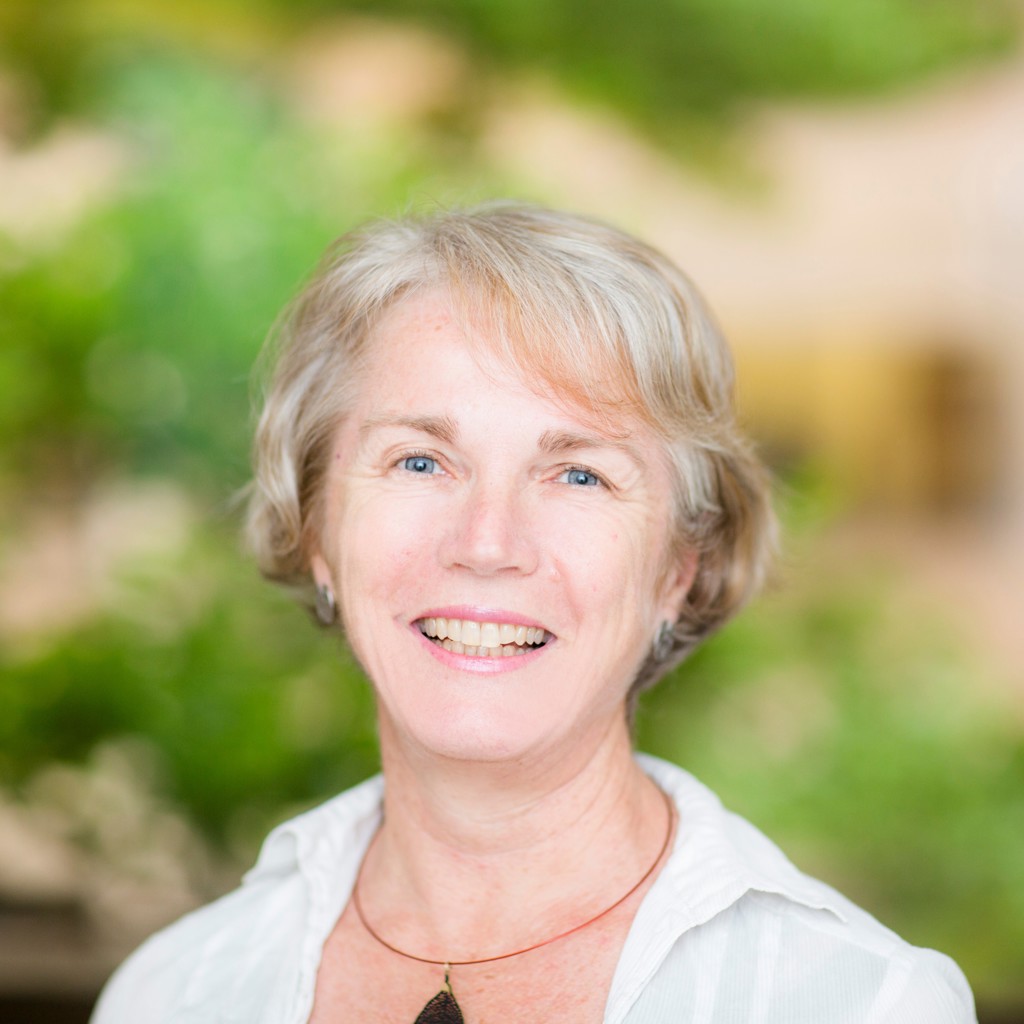Ann Roberts
The University of Melbourne, AustraliaFor pioneering contributions to subwavelength optics, optical imaging and service to optical physics community.

Ann was first exposed to science through her parents’ interest in the natural world. Around the age of 10, she helped her father with a project on Wedge-tailed Shearwater seabirds which involved recording weight, measuring eggs, and banding the birds. Although very different from her current work, she found the activity inspiring. By the time she left high school, she knew that her future involved physics or mathematics. She credits excellent female math and physics teachers in high school for creating and supporting her interest. She says her physics teacher “made learning physics enjoyable and encouraged creativity and a spirit of enquiry.”
Now a professor at The University of Melbourne, Australia, Ann says that the uncertainty of being an early-career researcher was stressful and that completing her post-doc overseas, where she did not know anyone, added to the anxiety. This experience has helped her to be more mindful of the pressures the junior researchers in her department undergo. Ann also notes that she was both the first female faculty member in her department and then the first to have children. She says that raising children and managing a research program is “certainly a challenge” and adds that having a supportive home environment has been essential to her success.
Her research interests are very diverse, ranging from imaging through utilizing light-matter interactions on the nanoscale to help us extract as much information as possible from light to developing specialized, ultra-compact photodetectors. Her favorite part of research is moving from intuition about a new idea to confirmation by simulations and eventually experimental demonstrations. She says her biggest challenge, by far, is to find enough time to explore all the questions that interest her.
In terms of the field, Ann says that the research is now at a point where “nanofabrication methods can transform the nature of various optical devices ranging from traditional elements such as lenses through to new structures that can manipulate light in ways that have not been previously possible.” She explains that the new devices will be much smaller and lighter than conventional systems which has the potential to enable wider access to technology in developing countries and remote communities. Ann says that “the social impact will be enormous” as the access will transform healthcare, agriculture, and management of the environment.
OSA has been important to Ann’s career since one of her first papers was published in JOSA A. She has continued to publish in OSA journals which she says are enormously valuable to the community due to their quality and rigorous refereeing. Ann believes that OSA conferences serve as great networking events not only for her but also for her research fellows and students. She appreciates OSA’s support of the student chapter at The University of Melbourne which has helped some members attend OSA’s annual student leadership conference. She notes that having engaged, knowledgeable, and motivated research students is important not only for the students, but for their professors and the research team in general.
“Focus on the benefits of the moment and take advantage of them. Although interesting and never dull, life only gets more complicated,” Ann advises junior researchers. “Feel confident in progressing your interests as far as you can. The skills you will acquire are transferable and may take you in surprising directions,” she adds.
Profile written by Jeanette Gass
